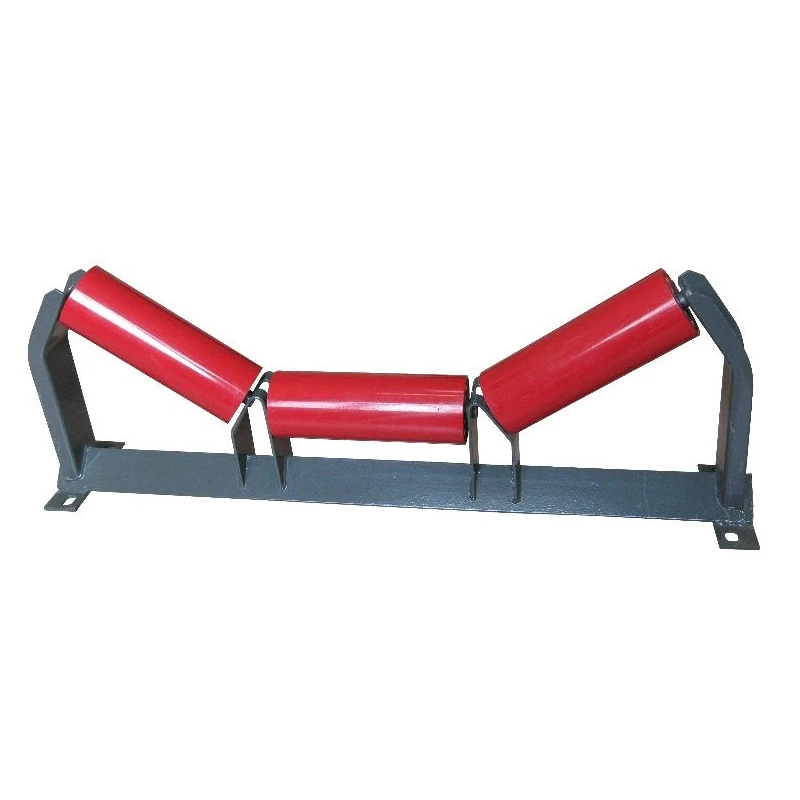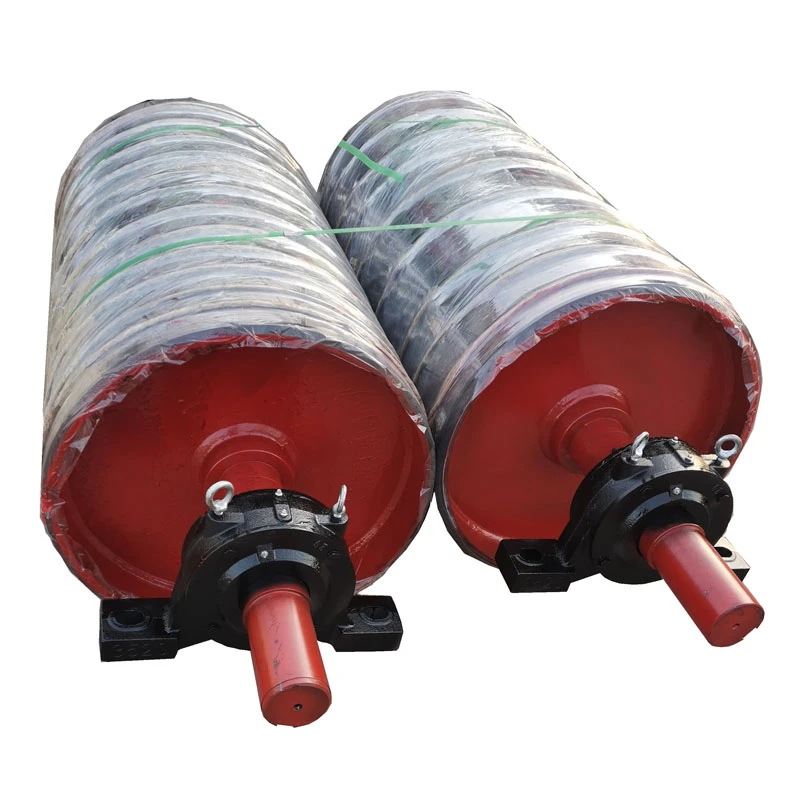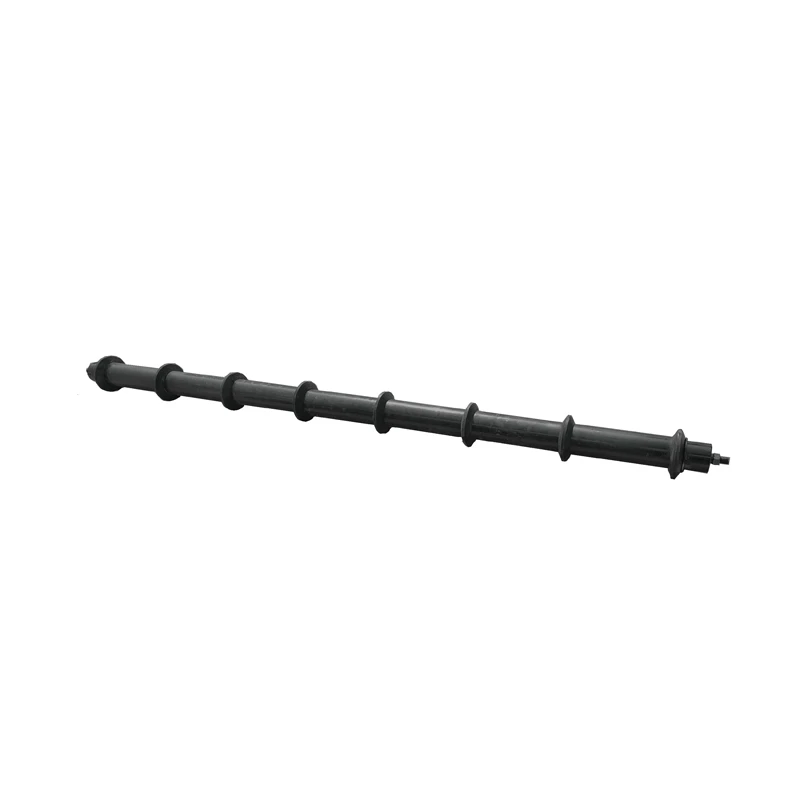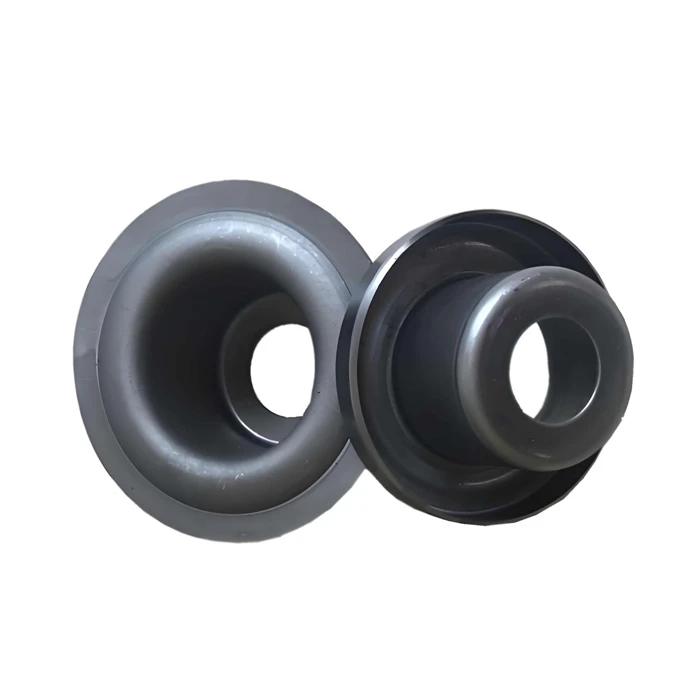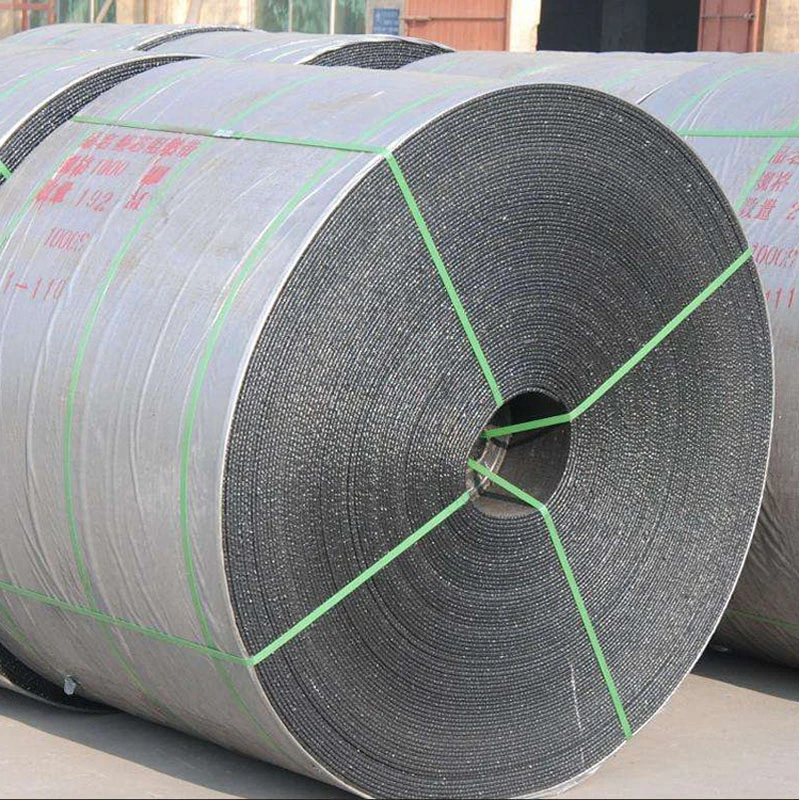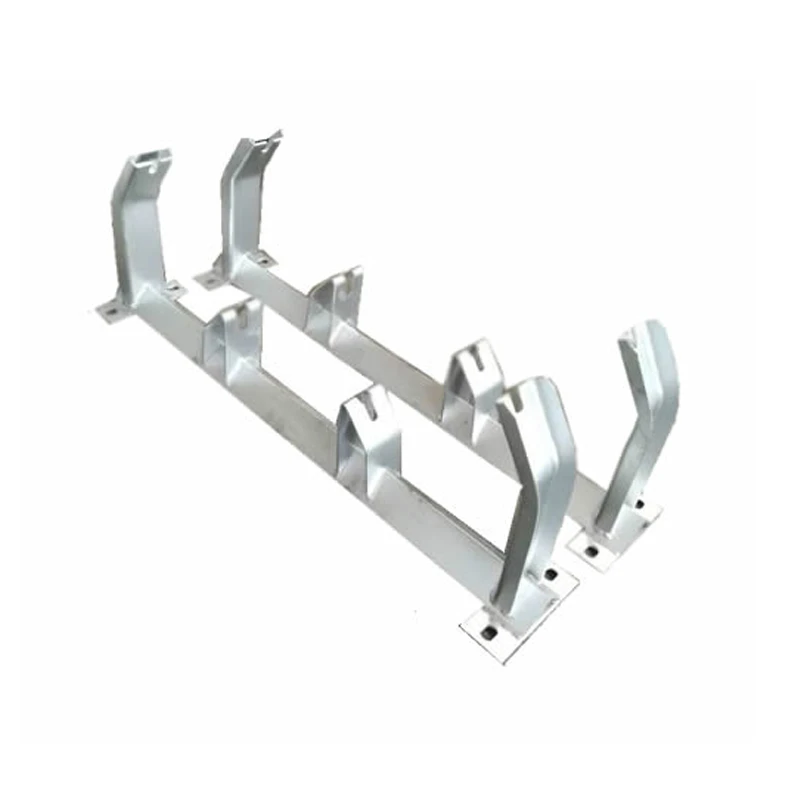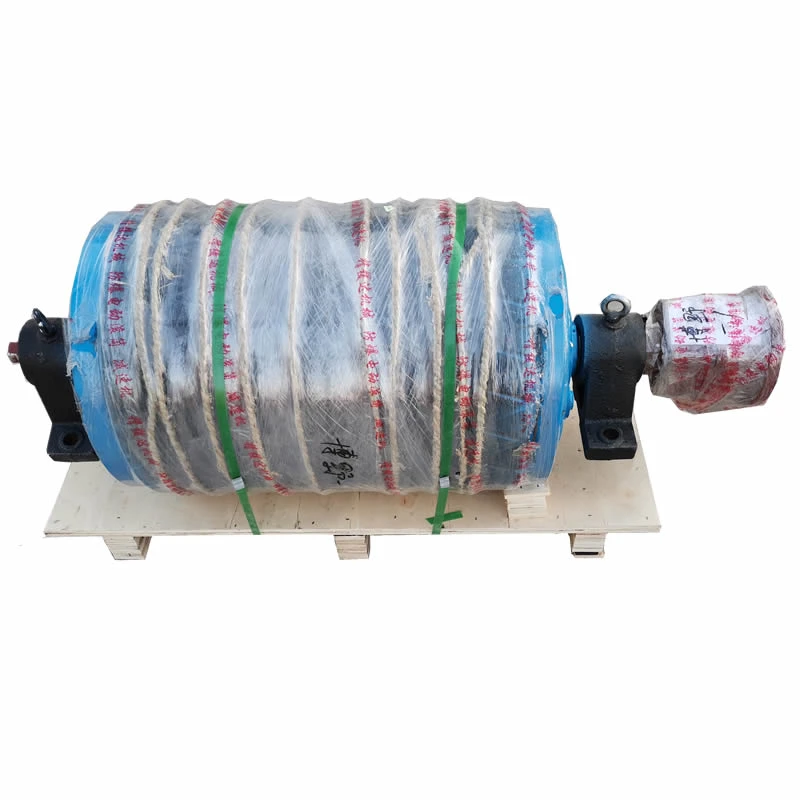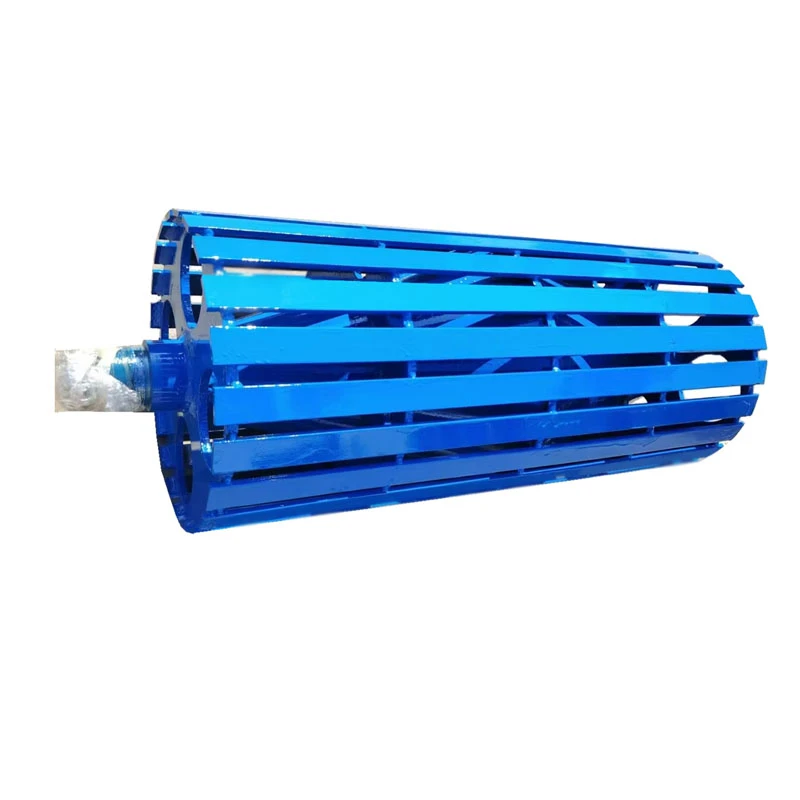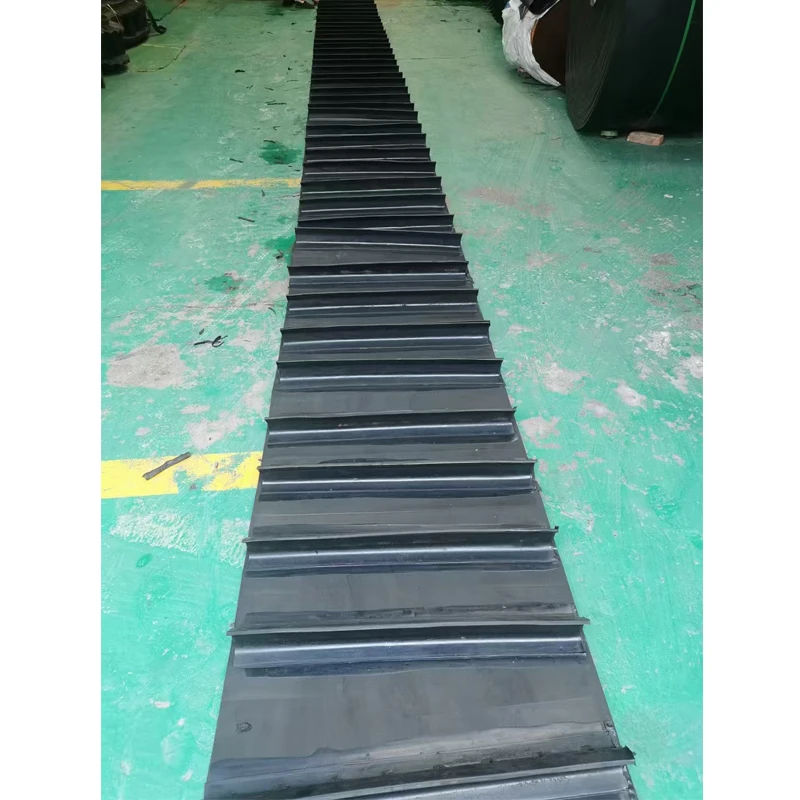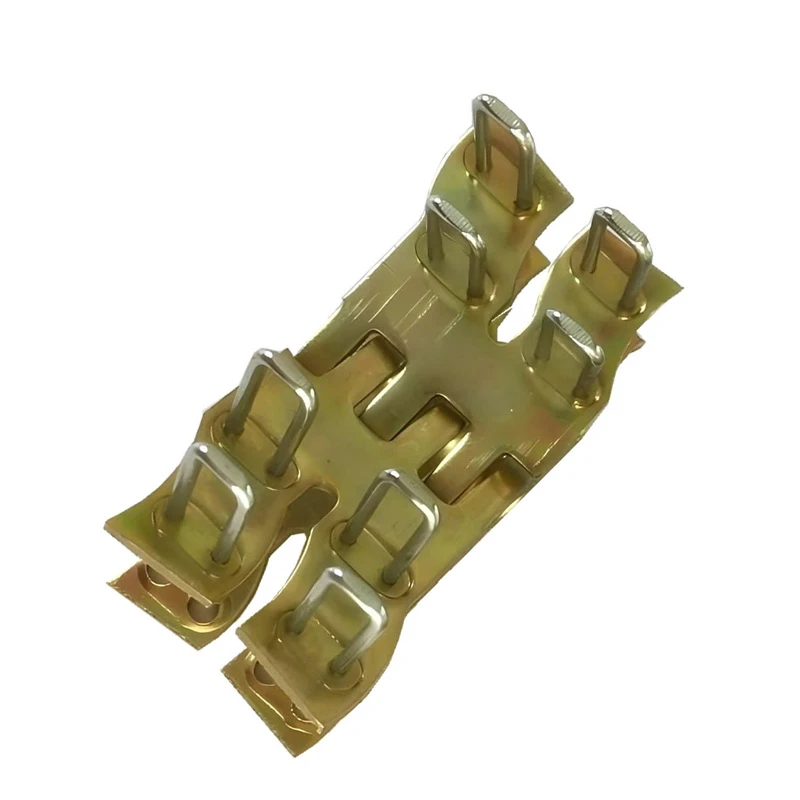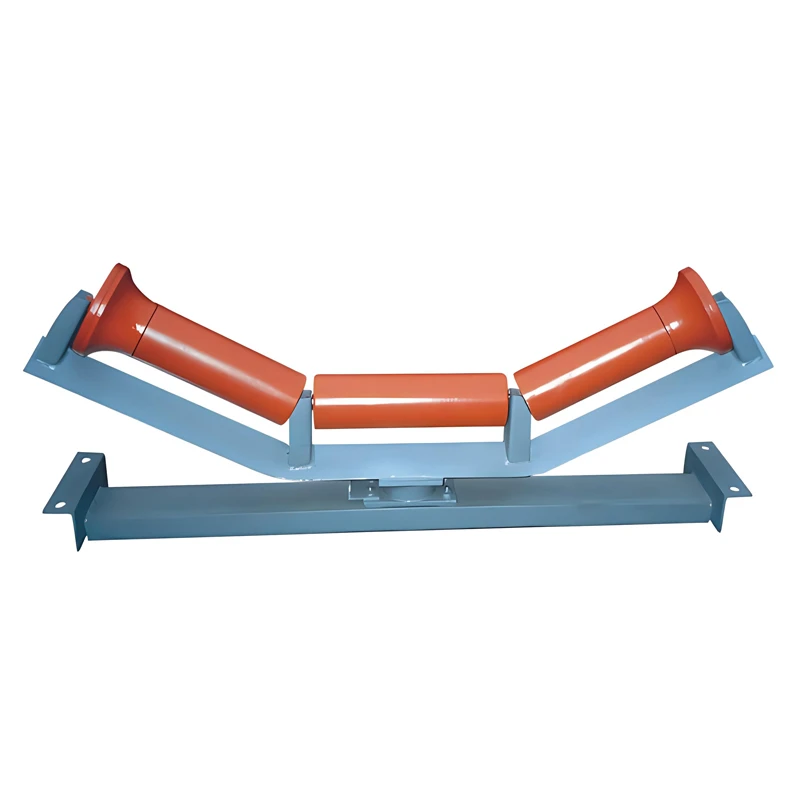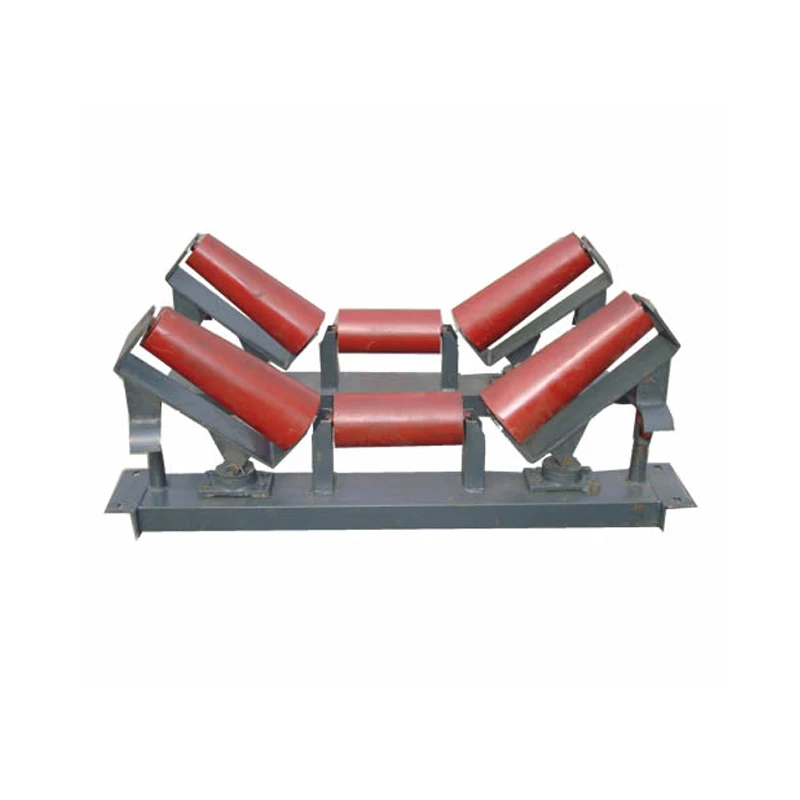- Overview of Conveyors in Modern Construction
- Critical Role and Data Impact of Construction Conveyors
- Technical Advantages of Contemporary Conveyor Systems
- Leading Manufacturers: A Comparative Analysis
- Custom Solutions for Specific Construction Needs
- Real-World Application Cases
- Future Outlook: Types of Conveyors in Construction
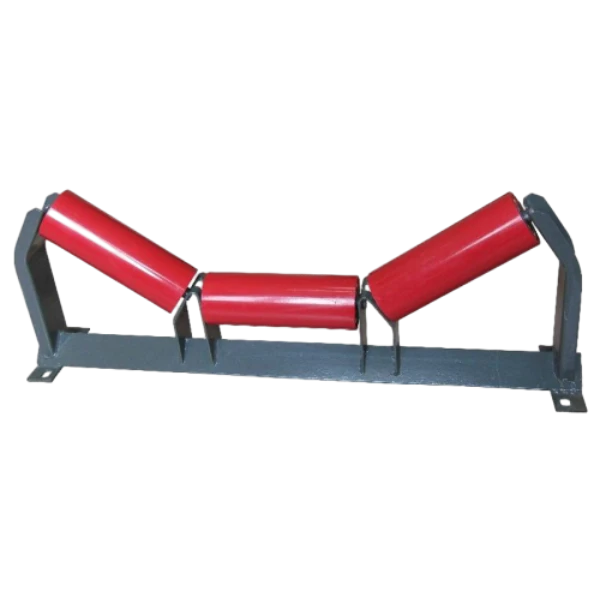
(types of conveyors in construction)
Overview of Conveyors in Modern Construction
Material transportation efficiency fundamentally shapes construction timelines and budgets. Conveyor systems solve critical logistical challenges by automating heavy material handling across sites. These mechanized solutions range from short portable units transferring debris between floors to kilometre-long permanent installations moving aggregate materials. Construction belts specifically adapt to demanding site conditions with reinforced structures capable of handling coarse demolition waste, wet concrete mixtures, or sharp-edged construction materials. Modern iterations incorporate modular designs allowing rapid deployment and reconfiguration as projects progress through different phases.
Critical Role and Data Impact of Construction Conveyors
Manual material movement consumes 25-30% of total project labor hours according to Transportation Research Board metrics. Implementing conveyor systems slashes this proportion to under 10%, yielding 65% faster material transfer compared to wheelbarrow teams. Operational data from 37 major infrastructure projects demonstrates 17% average project acceleration when integrating conveyors during peak material handling phases. Productivity quantifiers reveal conveying operations maintain consistent 95-98% uptime versus 75-85% for alternating manual methods affected by fatigue. This mechanical consistency translates into measurable cost containment - projects utilizing conveyors report 22% lower labor expenditure for bulk material relocation tasks.
Technical Advantages of Contemporary Conveyor Systems
Modern conveyor engineering incorporates multiple innovations for construction environments. Heavy-duty rubber compounds withstand material abrasion 300% longer than earlier generations while resisting ozone degradation. Modular frame components assemble without welding using interlocking fittings, reducing installation time by 40%. Cleated designs achieve 45-degree inclines impossible with traditional flat belts, enabling vertical material transfer without auxiliary equipment. Advanced drive systems automatically adjust torque based on load sensors, eliminating slippage during startup with full loads. Dust suppression systems integrated into transfer points reduce particulate emissions by 93% meeting stringent environmental regulations without secondary mitigation measures.
Leading Manufacturers: A Comparative Analysis
| Manufacturer | Max Load Capacity | Max Incline Angle | Modularity Rating | Specialized Configurations |
|---|---|---|---|---|
| ContiTech Construction Line | 450 kg/m | 30° | Excellent | Z-fold portables, sludge handling |
| Lokolink Rigid Frame | 380 kg/m | 45° | Good | High-angle cleated, telescopic |
| Flexco MaxTerra Series | 500 kg/m | 25° | Moderate | Shuttle systems, tunnel conveyors |
| Sandvik Portable Range | 330 kg/m | 22° | Excellent | Curved trajectory, tracked mobility |
Custom Solutions for Specific Construction Needs
Complex sites demand engineered adaptations beyond standard conveyor designs. For tunnel projects reaching 4km depths, manufacturers develop flame-retardant belts with embedded fibre optics detecting structural integrity changes. Coastal construction utilizes salt-resistant polymer rollers surviving corrosive salt spray conditions that degrade standard components 80% faster. Multi-directional shuttle systems on rail-mounted frames serve high-rise projects by distributing materials to 12 discrete discharge points without manual repositioning. Earthquake-prone regions require seismic-rated supports with hydraulic dampeners absorbing lateral ground movement while maintaining alignment integrity. Articulating joints enable continuous material flow across working expansion joints in large concrete pours, eliminating cold joints that compromise structural integrity.
Real-World Application Cases
The Brenner Base Tunnel demonstrates large-scale conveyor integration, deploying 19km of interconnected belts moving 85,000 tonnes of excavated material monthly. This network eliminated 120 daily truck journeys through Alpine villages, reducing carbon emissions by 350 tonnes monthly while accelerating excavation by 32 days per tunnel segment. In Vancouver's Sen̓áḵw development, telescopic radial conveyors distributed concrete across 12 high-rise foundations from a single central batching plant, containing site congestion while achieving uninterrupted 96-hour foundation pours. San Francisco's Salesforce Transit Center employed curved incline conveyors navigating complex urban footprints, transporting 2.1 million tonnes of excavation material under strict noise ordinances through customized acoustic enclosures meeting 55dB limits.
Future Outlook: Types of Conveyors in Construction
Intelligent automation represents the evolutionary path for construction conveyor belts. Emerging systems integrate Lidar obstacle detection that automatically halts operation when personnel enter predefined hazard zones. Predictive algorithms analyze drive motor harmonics to schedule maintenance 200 hours before potential failure, increasing operational reliability by 40%. Solar-powered self-cleaning belts with photocatalytic coatings break down material residue without water or chemicals. Magnetic levitation technology currently in prototyping eliminates roller friction, reducing energy requirements by 70% while enabling variable-speed zones on single belts simultaneously handling diverse materials. These innovations will transform conveyors from material transport tools into integrated data-generating components central to construction productivity analytics and automated site management systems.
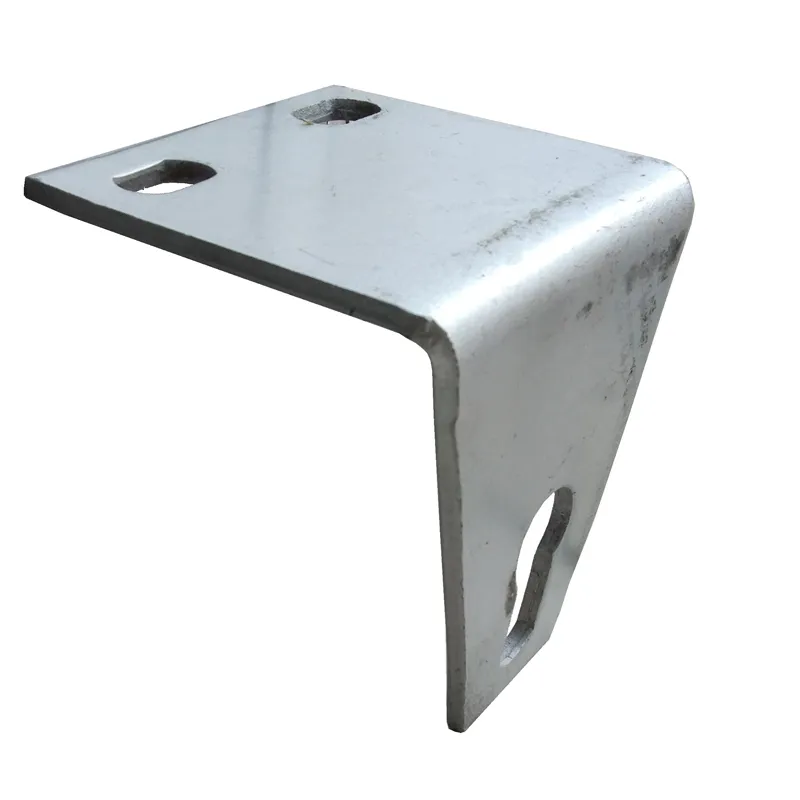
(types of conveyors in construction)
FAQS on types of conveyors in construction
Here are 5 FAQs about construction conveyors in HTML format, focusing on your :Q: What are common types of conveyors used in construction?
A: Common conveyor types in construction include belt conveyors for moving bulk materials like dirt and gravel, roller conveyors for heavy materials, and telescopic conveyors for adjustable reach. Chain conveyors and screw/auger conveyors are also used for specific applications like material lifting or precise material flow control.
Q: Why are conveyors important in construction projects?
A: Conveyors dramatically improve efficiency by automating material transport, reducing manual labor and physical strain. They speed up tasks like excavation, concrete pouring, and debris removal while enhancing site safety by minimizing worker exposure to hazards.
Q: When should a construction conveyor belt be used?
A: Conveyor belts are ideal for transporting bulk materials over long distances or elevated areas in construction, such as moving excavated soil to trucks or supplying aggregate to mixers. They're most beneficial when handling loose materials like sand, gravel, or demolition waste across challenging terrain.
Q: What factors determine conveyor selection for construction sites?
A: Key factors include material type/weight, required transport distance and elevation, available space, and mobility needs. Projects with limited access might use portable conveyors, while high-volume operations often require fixed belt systems with higher load capacities.
Q: How do construction conveyors improve safety?
A: They reduce musculoskeletal injuries by eliminating manual carrying of heavy materials. Conveyors also minimize workers' exposure to dust, falling objects, and excavation edges by automating material flow. Proper guarding and lockout procedures prevent entanglement hazards during operation.
Key features: - Each FAQ uses `
